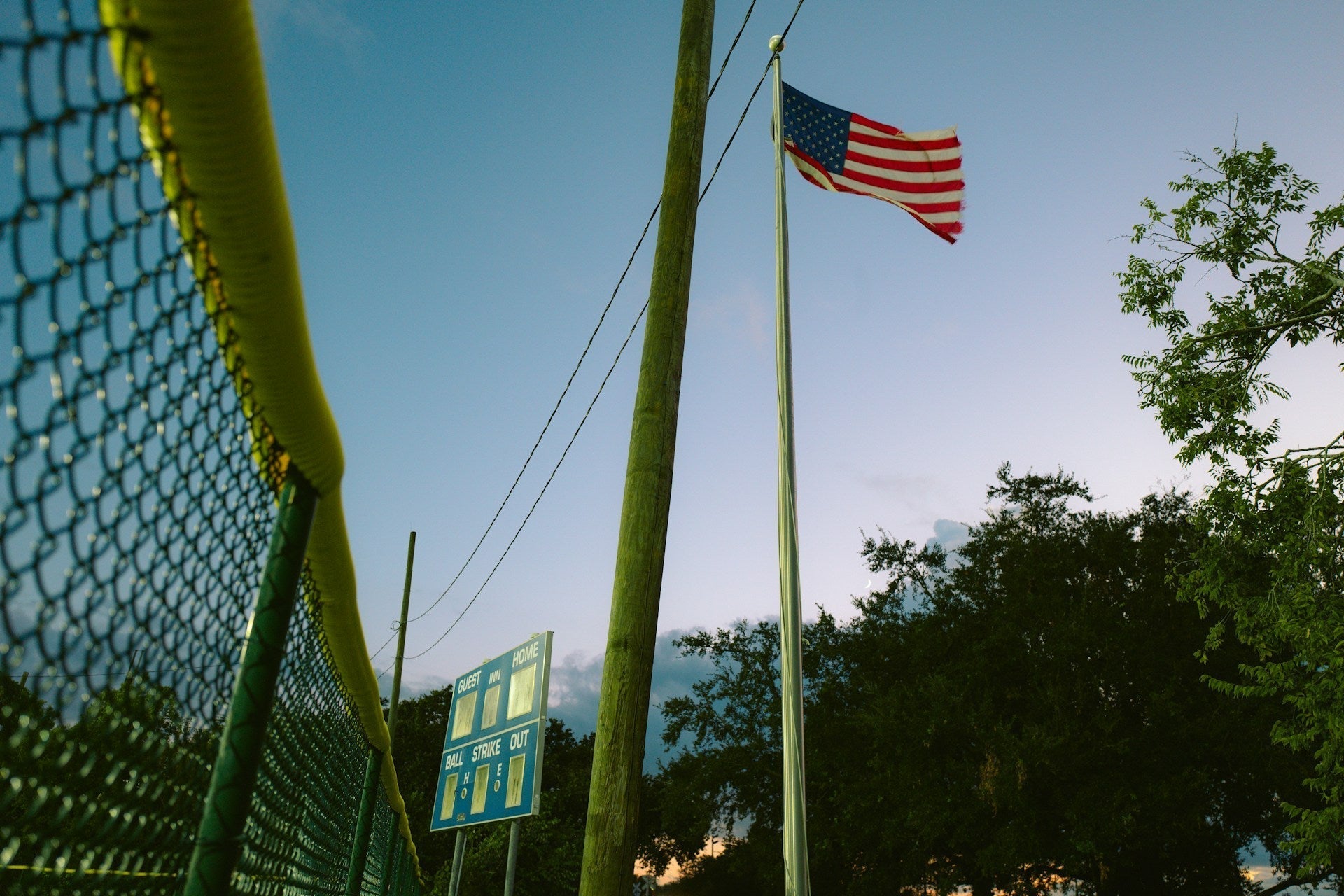
· By Drew Whitmore
Flagpoles in Stadiums: Purpose, Design, and Rules
Flagpoles in Stadiums and Public Places: Purpose, Design, and Regulations
Flagpoles are powerful symbols when installed in stadiums and public venues.
They represent unity, pride, and respect, often becoming focal points during national anthems, sporting events, and civic ceremonies.
Beyond symbolism, these large-scale poles require thoughtful planning to ensure they meet safety standards and etiquette guidelines.
This article explores the purpose, design, and regulations of flagpoles in stadiums and public places.
For smaller residential setups, a strong 24ft flagpole kit can deliver a professional look scaled for your home.
And whether in a stadium or backyard, pairing with American made flags ensures your display honors tradition.
Purpose of Stadium and Public Flagpoles
Public flagpoles serve more than a decorative role:
-
Patriotism: They provide a central point for displaying the national flag during ceremonies.
-
Identity: Stadiums often use multiple poles to fly team, state, and national flags.
- Community connection: Large poles create a shared sense of pride and belonging for fans and citizens.
These installations are designed not just for visibility but for symbolic presence.
Design Considerations for Large Flagpoles
Flagpoles in stadiums and civic spaces face unique design challenges due to their size and exposure.
-
Height: Stadium poles may exceed 100 feet to ensure visibility over crowds.
-
Material: Heavy-duty aluminum or steel is preferred for strength and resistance.
-
Footing: Proper foundation is critical for stability. Learn more in the flagpole ground depth guide.
- Wind rating: Large flags create significant wind load; poles must be engineered accordingly. See details in the flagpole wind rating guide.
Without careful design, oversized flags can stress poles and create safety hazards.

Lighting and Night Displays
Public and stadium flagpoles are often illuminated to allow continuous display in accordance with the U.S. Flag Code.
-
Spotlights: Ground-mounted lights highlight tall poles.
-
LED options: Efficient lighting designed for long run times.
- Regulation compliance: If a flag is flown 24/7, it must be properly lit. Review our article on flag display at night for best practices.
Proper lighting maintains respect and ensures visibility for spectators even after dark.

Safety and Regulations
Because of their size, stadium and civic flagpoles must adhere to strict standards.
-
Clearance zones: Poles should be installed far from seating areas and overhead wires.
-
Lightning protection: Tall structures may need grounding. Learn more in flagpole lightning safety.
- Local codes: Municipal ordinances often specify maximum heights and placement.
Proper adherence to regulations ensures both safety and compliance with tradition.
Balancing Scale and Respect
Large flagpoles command attention, but their presence must align with etiquette.
Oversized flags should be proportionate to pole height, flown with care, and retired respectfully when worn.
If you’re planning a public display or seeking expert guidance, don’t hesitate to contact us for recommendations.
